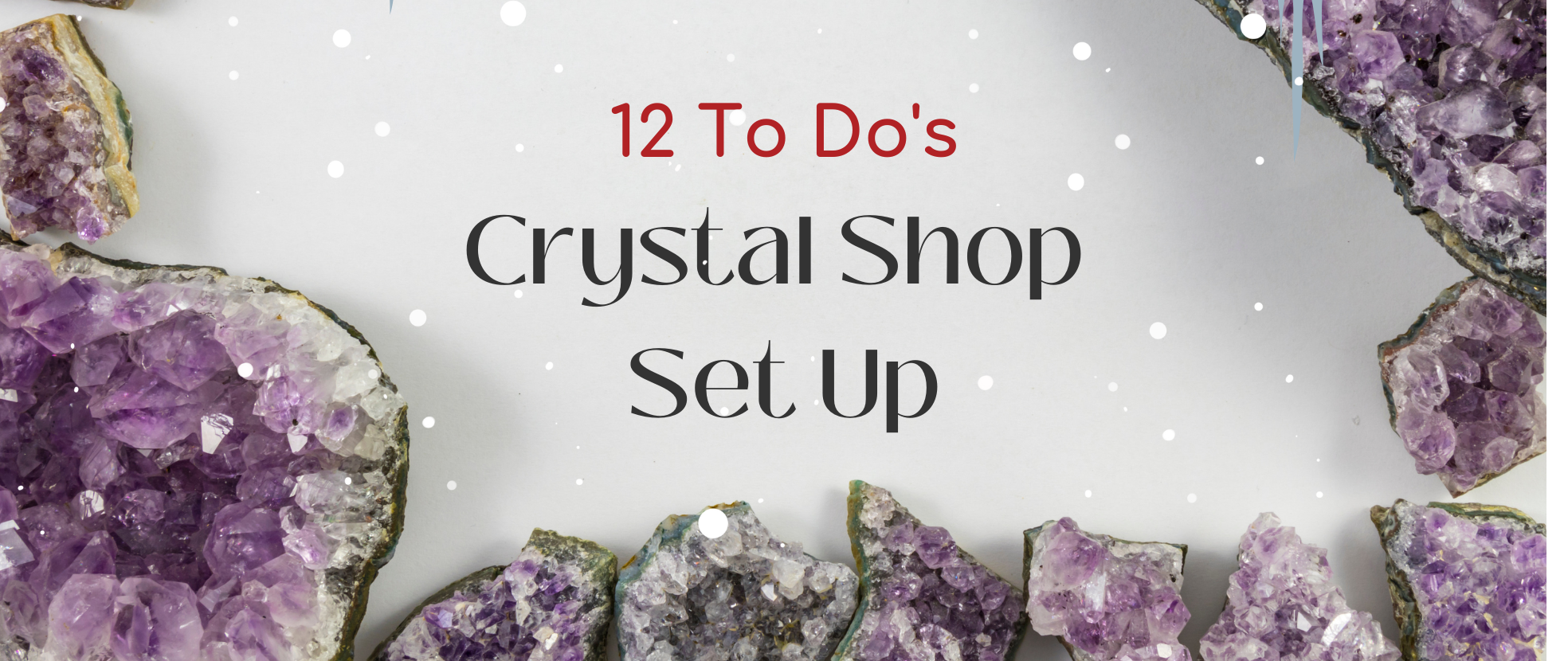Maybe you've seen Himalayan pink salt in the form of a lamp, or maybe you've seen it while walking down a grocery store aisle. Either way, Himalayan pink salt has permeated your conscious…but is it all hype, or is there something more to this new craze?
A craze is certainly what you'd call the media and health blog's obsession with this new type of salt. It might make you suspicious and think it's all just a big hoax, but here we explore whether or not that's actually true.
What is Himalayan Pink Salt?
First, let's explore the obvious difference between this salt and what you'd find on most any table in the world. Himalayan pink salt is found in salt mines in Pakistan, about ~200 miles away from the Himalayas that they're named for.
What makes this salt so special and pink? The rosy tint comes from trace minerals like calcium, magnesium and potassium. Much like gemstones change hues based on the trace elements found within them, Himalayan pink salt works in the same way.
Himalayan pink salt is commonly used in cooking, though Himalayan salt in general is used in holistic healing methods, whereas standard, iodized table salt is not. This pink salt is also used in crafting, like making cutting boards and salt lamps.
Why is Himalayan Better than Regular Salt?
Himalayan pink salt is a more natural salt as compared to table salt. Iodized table salt is combined with several different additives. This is usually an anticaking agent, like magnesium carbonate, that insures the salt won't get moist and dissolve or clump together while it's being stored.
Himalayan pink salt is often harvest and broken up into smaller rock salt pieces and then ground up through grinders without additives being necessary. You may notice that when you buy Himalayan pink salt that is food grade, the rocks of salt are relatively large as compared to table salt that is very fine.
Minerals Make it Better
This salt is also thought to hold 84 trace minerals and elements that are necessary to human survival. This includes the elements that make Himalayan pink salt its rosy color, as well as sulphate, sodium chloride and others. Because there are so many trace elements, this leaves less room for actual salt to be found in Himalayan pink salt. When you use pink salt instead of table salt, you actually ingest less sodium than you would if you used iodized salt.
These trace elements also offer a few notable health boosts, including improved circulation, stronger bones, healthier sleep patterns and better respiratory function.
Finally, though it's perhaps the most obvious benefit of Himalayan pink salt over table salt, pink salt contains less iodine than its rival. Iodine is added to iodized salt in order to help purify the salt and strip it down. Himalayan pink salt contains natural iodine, though less iodine than table salt, which means it is better for you.
Himalayan pink salt is as pretty as it is powerful. We recommend switching out your regular iodized salt for something more substantial – Himalayan pink salt.





